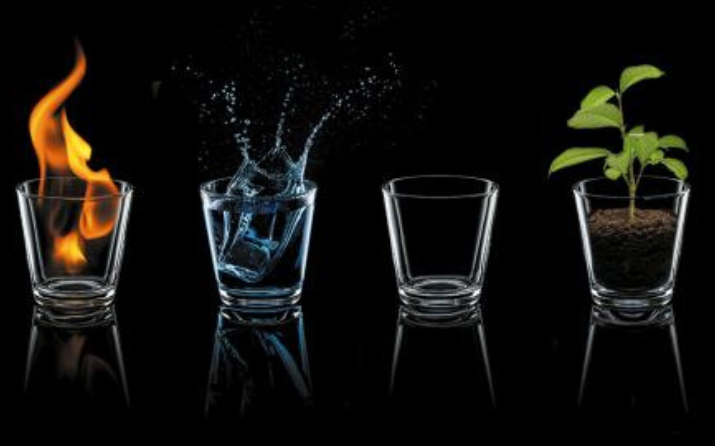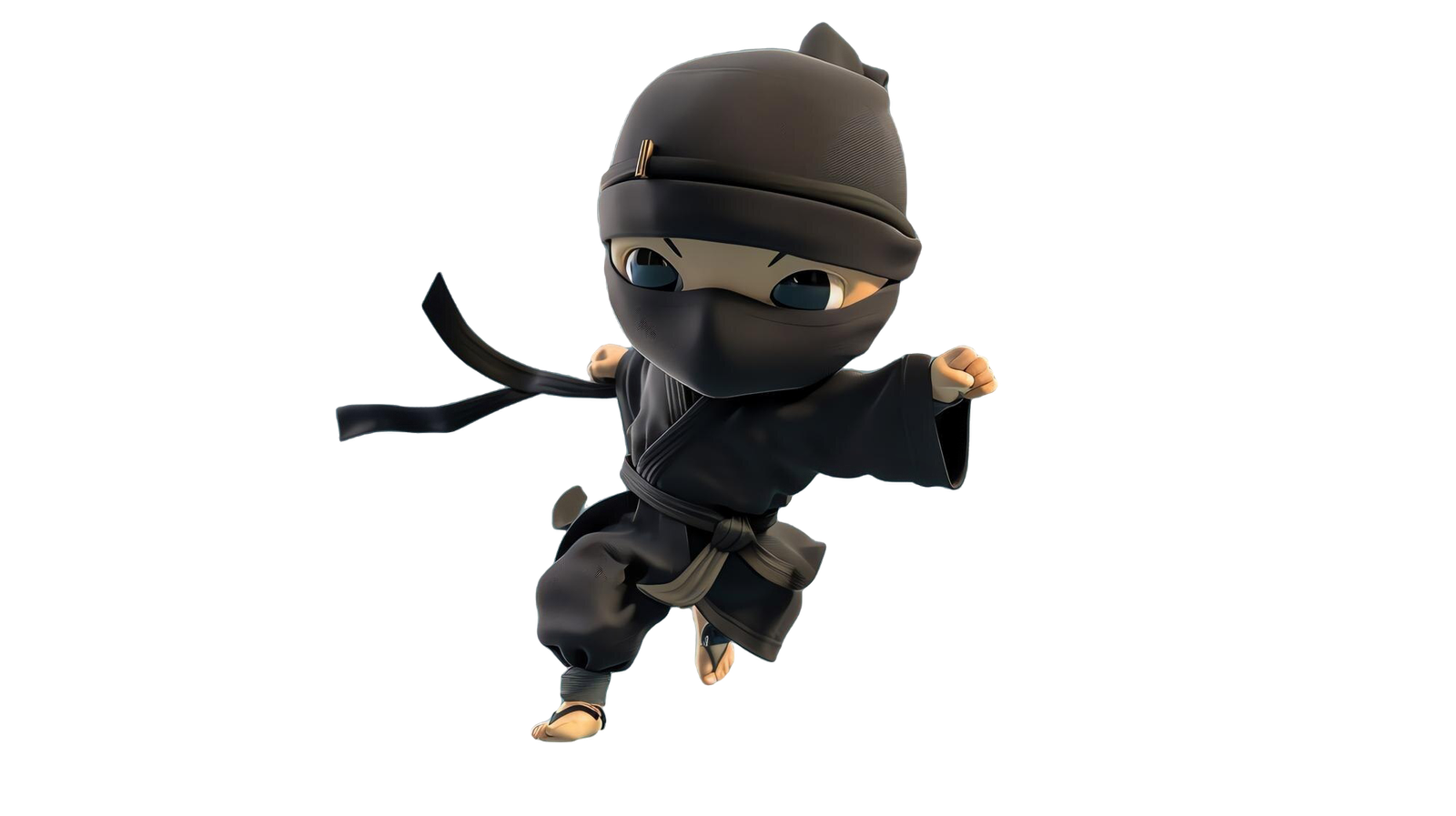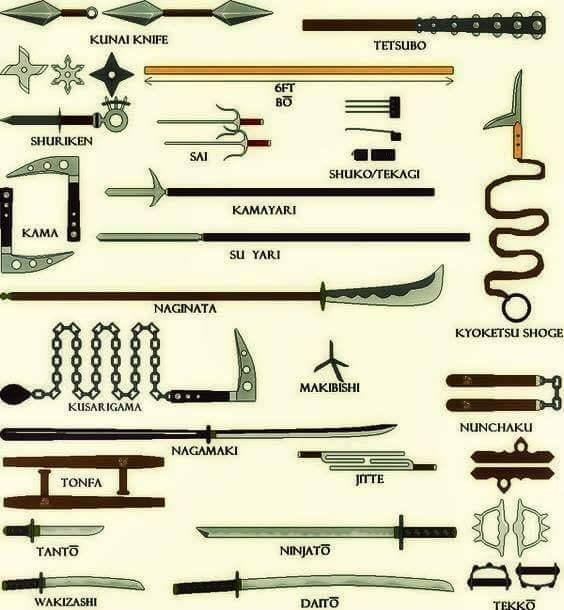Behold, the ancient and original Takamatsu den Bujinkan Ninjutsu program with special emphasis on the elements! Having said that, this system will aid you not only in self defense but enlightenment too (which aids in self defense, & possible missions, too)!
Unfortuantely. current Takamatsu den has only 5 elements (only mind, no soul), therefore no Self realization / enlightenment, no balancing of the elements, and not even feeling them for their utilization. However, Tenchijin is even worse because you start off with the roof, there are no elements (just forms that have nothing to do with them), no link to the 6 (let alone 9) schools of Ninjutsu, grading indicates nothing (not even knowledge) and just copying of useless (usually harmful to self) sequences of techniques. It is better known as “the tourist program”.

Unfortuantely. current Takamatsu den has only 5 elements (only mind, no soul), therefore no Self realization / enlightenment, no balancing of the elements, and not even feeling them for their utilization. However, Tenchijin is even worse because you start off with the roof, there are no elements (just forms that have nothing to do with them), no link to the 6 (let alone 9) schools of Ninjutsu, grading indicates nothing (not even knowledge) and just copying of useless (usually harmful to self) sequences of techniques. It is better known as “the tourist program”.

Having said that, 9 Element Takamatsu den’s curriculum is not divided into kyu or dan ranks, but into logical & ground-up baby-step element-based sequence. This is unlike in current Takamatsu den curriculum, where you start off with difficult self defense techniques such a grappling with weapons (which is harder than grappling without weapons), and learn almost nothing (or false information) about the elements especially in terms of their concepts, postures, movements, and forms.
Having said that, 9 Element Takamatsu den’s curriculum is not divided into kyu or dan ranks, but into logical & ground-up baby-step element-based sequence. This is unlike in current Takamatsu den curriculum, where you start off with difficult self defense techniques such a grappling with weapons (which is harder than grappling without weapons), and learn almost nothing (or false information) about the elements especially in terms of their concepts, postures, movements, and forms.
That’s the only way to learn anything; any good structure is made up of a good base, skeleton, blocks, and concrete followed by sand & cement by tiles by grouting by etc. How did you learn to write for example? You had to learn the alphabets (their shapes and pronounciation) then the words (using which alphabets then spelling & pronounciation) then the sentences (how to put the words together: nouns, pronouns, verbs, proverbs, adjectives, grammar, etc.) then can you write paragraphs then pages then articles then books etc. Everything is made up of levels / stages therefore must be done in levels / stages.
Without that structure you would be copying sentences or even entire paragraphs without being able to create or even modify them or yourself. This is what happened with Tenchijin: people just copy sequences of movements because they don’t know their underlying techniques, forms, postures, nor pretty much any concept. “Art is about having the ability to express uniquely… any time, any where.” –Mowrad Rownak Flowrendo
That’s the only way to learn anything; any good structure is made up of a good base, skeleton, blocks, and concrete followed by sand & cement by tiles by grouting by etc. How did you learn to write for example? You had to learn the alphabets (their shapes and pronounciation) then the words (using which alphabets then spelling & pronounciation) then the sentences (how to put the words together: nouns, pronouns, verbs, proverbs, adjectives, grammar, etc.) then can you write paragraphs then pages then articles then books etc. Everything is made up of levels / stages therefore must be done in levels / stages.
Without that structure you would be copying sentences or even entire paragraphs without being able to create or even modify them or yourself. This is what happened with Tenchijin: people just copy sequences of movements because they don’t know their underlying techniques, forms, postures, nor pretty much any concept. “Art is about having the ability to express uniquely… any time, any where.” –Mowrad Rownak Flowrendo
In 9 Element Takamatsu den, kyu (below black belt) or dan (black belt and above) indicates spiritual growth, not skill or knowledge of Ninjutsu curriculum, and surely not the depth of your pocket. You can determine your element by your spiritual experiences & tendencies, an authorized teacher, or an enlightened individual regardless of his/her method.

9 Element Takamatsu den’s ultimate aim is enlightenment, not entitlement. That is, its aim is not money for curriculum, and especially not for ranks or certificates. Making a business out of such things is an insult to spirituality because it indicates possessiveness not only of matter (when nothing belongs to us, not even the characters or roles we are playing) but to the contents of bujins (war gods – images / manifestations of God – such as Takamatsu who bujinkan – house of the divine warrior – was named after) who were enlightened beings, our links to the Divine. Den means transmission by the way.
However, you should ethically exchange because the content (and therefore its practise) does benefit the body, mind, and energy, and obviously costs tons of time & even money to learn & deliver it because believe it or not, it was and still is mostly under entitlement of mere mortals, who I learned from. Yes, I did pay for training (including courses & workshops), accommodation, and travels to Serbia (among other places such as India, Thailand, China, Japan, Indonesia, Greece, Turkey, Ukraine, Montenegro, Macedonia, Bosnia, Sharjah, Dubai, and Abu Dhabi), and have even paid for theory via books and consultation. Afterall, I can use money for the greater good (such as paying for website domain and hosting fees and associated hardware, software, internet and utilities, and maybe even building a Dojo or Temple, probably for my Guru). However, I am minimizing the cost to deliver it, and only true warriors will find and utilize it. So welcome, true warrior.
In order to learn Ninjutsu properly, you need to learn it in the following order:
uke gata (receival forms) of sabaki gata (movement forms) of taihenjutsu (body-changing art)
9 meditation katas (no-mind modeling forms) of San Shin No Kata (body-mind-soul unity) for balancing & eliminating the masculine / feminine mind, and formless element-balancing meditations (including but not limited to kamae no kata).
The body’s kyusho (vital & pressure points) of dakentaijutsu (striking art)
The body’s kyusho (vital & pressure points) of dakentaijutsu (striking art)
Taihenjutsu (body-changing art) techniques – remaining: body language, uke sabaki (receiver movement), ukemi (breakfalling), kaiten (rolling)
jutaijutsu (grappling art) esp. gyaku (twists), nage (throws) & shime (chokes) waza (techniques)
In order to learn Ninjutsu properly, you need to learn it in the following order:
The 4 elements’ tai (body) & ashi (foot) sabaki (movement) & tobi (hopping) of sabaki gata (movement forms) of taihenjutsu (body-changing art) here
uke gata (receival forms) of sabaki gata (movement forms) of taihenjutsu (body-changing art)
9 meditation katas (no-mind modeling forms) of San Shin No Kata (body-mind-soul unity) for balancing & eliminating the masculine / feminine mind, and formless element-balancing meditations (including but not limited to kamae no kata).
The body’s kyusho (vital & pressure points) of dakentaijutsu (striking art)
The body’s kyusho (vital & pressure points) of dakentaijutsu (striking art)
Taihenjutsu (body-changing art) techniques – remaining: body language, uke sabaki (receiver movement), ukemi (breakfalling), kaiten (rolling)
jutaijutsu (grappling art) esp. gyaku (twists), nage (throws) & shime (chokes) waza (techniques)
Here are some resources to help you learn alot about Ninjutsu:(I earn from qualifying ad clicks / purchases)
Using these fundamentals, we can move on to weapons (chapter 14). For each weapon learn:
Step 1) its kamae (postures)
Step 2) its attack methods (usually referred to as uchi waza / striking techniques). Practise with unarmed opponent then armed opponent.
Step 3) its defense methods (usually striking mixed with grappling). Practise with unarmed opponent then armed opponent.
Step 4) unarmed defense against the weapon

You should learn the weapons in this order:
hanbo (short wood)
tanto (knife) & kunai knife
itte (anti blade)
bo (long wood)
sanban shuriken (e.g. ninja stars) & bo shuriken (e.g. chopsticks)
kusari fundo (chain & weight)
katana / ninjato (sword) & wakizashi (small sword)
shikomizue (hidden sword)
bow & arrow (especially ninja yumi)
gun & rifle
fukiya (blow gun)
shuko / tekagi (claws)
yari (spear) & naginata (halberd)
Extra: kunai, nunchaku, sai, kama, kusarigama, kyoketsu shoge, tonfa, tetsubo

Here are some more related items at Amazon! (Iearn from qualifying ad clicks / purchases)
To speed up uploading the remaining content, then a minimum contribution of $25 per video and $50 per chapter is required via https://www.paypal.me/3LANet or https://ko-fi.com/mowrow or the Support Us button 🙂
Online (& offline) updated, personalized, & guided video-based courses with weekly live-video feedback & community membership are available @ https://www.ko-fi.com/mowrow/commissions.